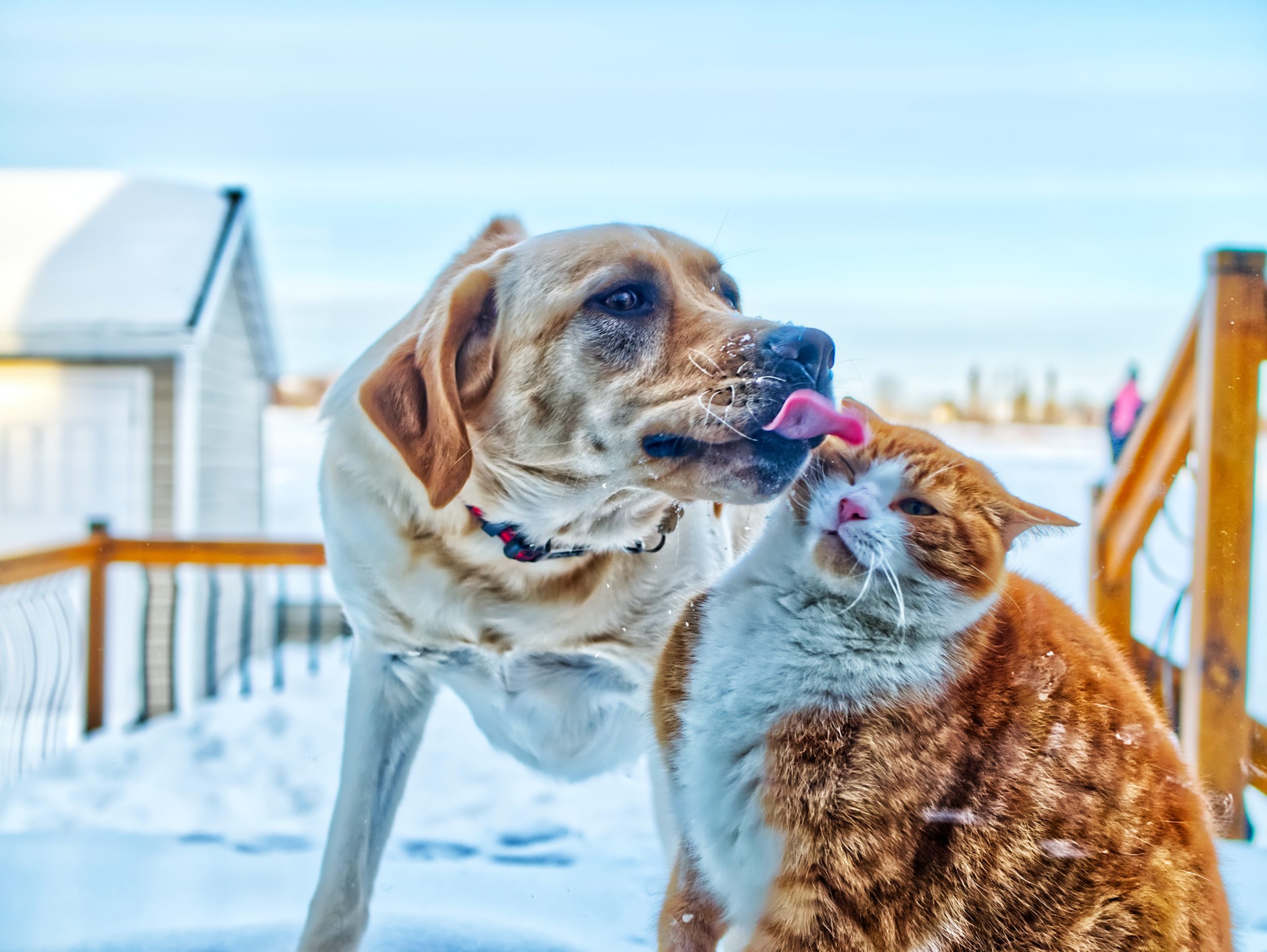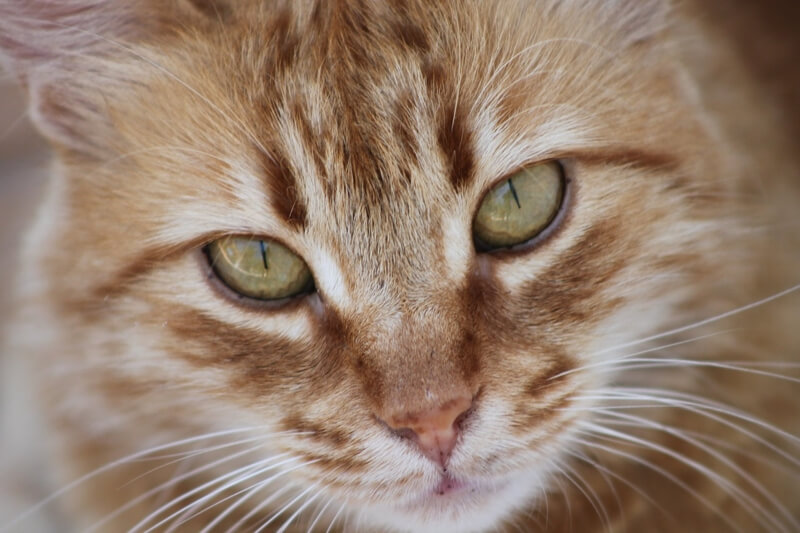alimentary lymphoma in cats and dogs
Chemotherapy including steroids and nutritional. The median or average age of the cats with alimentary lymphomas is around 10 years old and they are mostly FeLV negative.
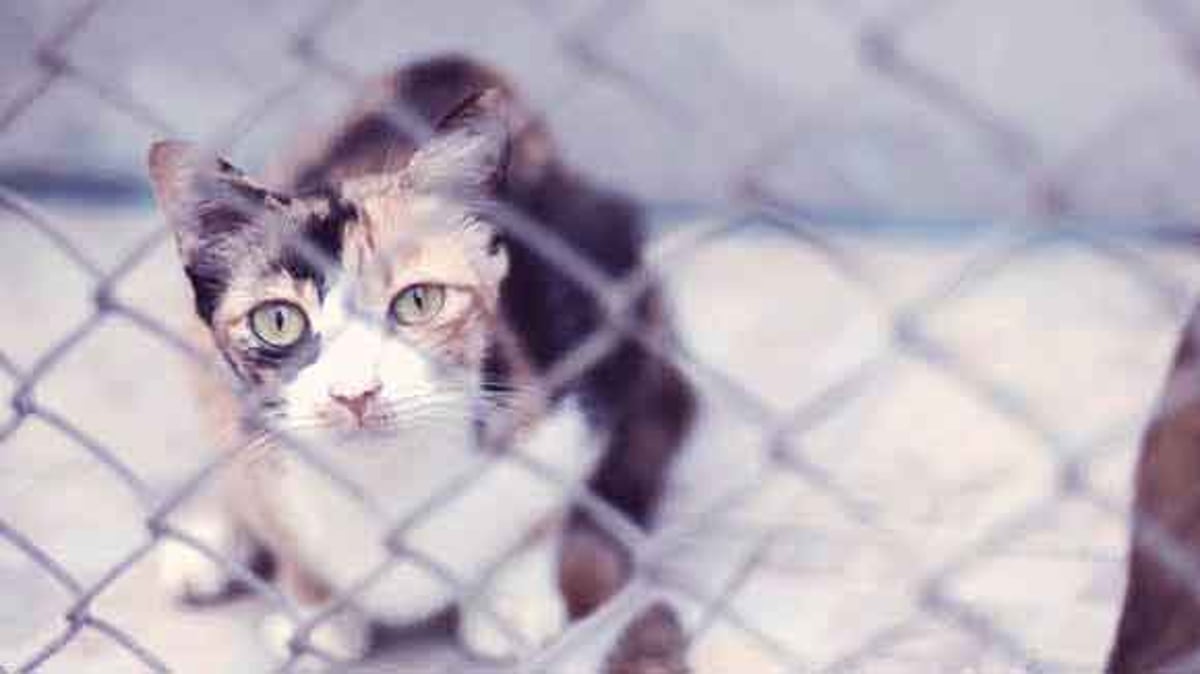
Cancer Lymphoma In Dogs And Cats
Low grade LG-AL.

. Disease present mostly in the peripheral lymph nodes which can be felt as enlarged lumps in the neck in front of the shoulder blades and behind the knees is much less common in cats than in dogs. Excessive drinking and urination. It can cause symptoms like vomiting belly pain anorexia diarrhea and weight loss.
The second most common type it makes up less than 10 of cases of lymphoma in dogs. Dogs with alimentary lymphoma which affects the intestines may present with vomiting abdominal pain. Ad Help keep your pet comfortable in their fight against lymphoma.
Low-grade alimentary T-cell lymphoma is the most common form of AL in cats and it was believed it was extremely rare in dogs. Alimentary lymphomas include a gastrointestinal GI form a mesentery lymph node form and a hepatic form. The same forms of lymphoma that are found in dogs also occur in cats but gastrointestinal is the most common type.
Older cats tend to have gastrointestinal lymphoma without FeLV infection although tests more sensitive to low level FeLV infections and replication-defective FeLV have found that many of these cats have been previously exposed. Sometimes it can be confused with Inflammatory bowel disease IBD. Loss of appetite weight loss vomiting andor diarrhea.
The most common anatomical form of lymphoma in cats is alimentary lymphoma AL. Generalized lymph node swelling. This type of dog and cat lymphoma often causes weight loss lethargy loss of appetite vomiting and diarrhea.
This type of lymphoma is strongly associated with feline leukemia virus. Signs of lymphoma can include the following. There are three subtypes based on mitotic rate and cell type determined by examination of biopsy samples.
Lymphoma can be present in many parts of the cats body as the lymphatic system is spread throughout many organs. What Are the Signs of Lymphoma in Dogs and Cats. 80 of affected cats test positive for feline leukemia.
Cats with alimentary lymphoma are poorly responsive to treatment with vincristine. However its clinical often indolent course has been recently described in two studies. Department of Veterinary Clinical Sciences Louisiana State University School of Veterinary Medicine Skip Bertman Drive Baton Rouge LA 70803 USA.
This type of lymphoma tends to affect dogs intestines. Intestinal lymphomas usually cause poor eating weight loss diarrhea and. For middle aged and older cats the more common form of lymphoma is alimentary occurring in their stomach.
It can affect any portion of the stomach or intestine. Clin North Am Small Anim Pract 41. Lymphoma in cats is now most commonly seen in the intestines.
There are a few papers reporting association of feline immunodeficiency virus FIV infection and feline lymphomas. Alimentary lymphoma also called gastrointestinal lymphoma. Lymphoma is classified according to where it is located within the pets body as well as by high grade or low grade.
Mediastinal lymphoma is often seen in young cats with an average age of onset of 5 years old. Colorectal lymphoma in dogs is typically high grade and B-cell origin Table 1. Unlike intermediate- and high-grade alimentary lymphoma IHGAL and large granular lymphocyte lymphoma LGLL which can often be.
Alimentary lymphoma in cats and dogs. Alimentary gastrointestinal. Cats with alimentary lymphoma are poorly responsive to treatment with vincristine cyclophosphamide and prednisone.
According to the American Kennel Club AKC it accounts for 10 of all canine lymphomas. Get NHVs Lymphoma Gold Support Pack Today. The incidence of LGAL has increased over the last ten years and it is now the most frequent digestive neoplasia in cats and comprises 60 to 75 of gastrointestinal lymphoma cases.
Alimentary lymphoma in dogs causes vomiting diarrhea decreased appetite and weight loss. Accurate diagnosis of the distinct subtypes of alimentary lymphoma AL that occur in cats is important as there are major differences between them in clinical presentation treatment and prognosis. However a small subset of cats may have long survival times and factors associated with survival time were not found.
Intestinal Lymphoma in Cats. Up to 12 cash back Lymphosarcoma also known as lymphoma is a malignant cancer that frequently occurs in cats and dogs. Alimentary lymphoma is the second most common type of lymphoma and it affects the dogs gastrointestinal tract.
Alimentary lymphoma AL is rare in dogs and affects more commonly the small intestine than the stomach although it is the most common gastric neoplasia in cats 14 15. Alimentary Lymphoma in Cats and Dogs. Because lymphoma can affect any tissue in the body symptoms can be vague and may reflect the organ that is involved.
It is characterized by an infiltration of the gastrointestinal tract andor associated lymph nodes with neoplastic cancerous lymphocytes. Low-grade alimentary lymphoma LGAL is characterised by the infiltration of neoplastic T-lymphocytes typically in the small intestine. In this form of lymphoma lymphoid organs in the chest such as the lymph nodes or the thymus are affected.

Feline Lymphoma Cats Are Not Small Dogs

Understanding Lymphoma In Cats
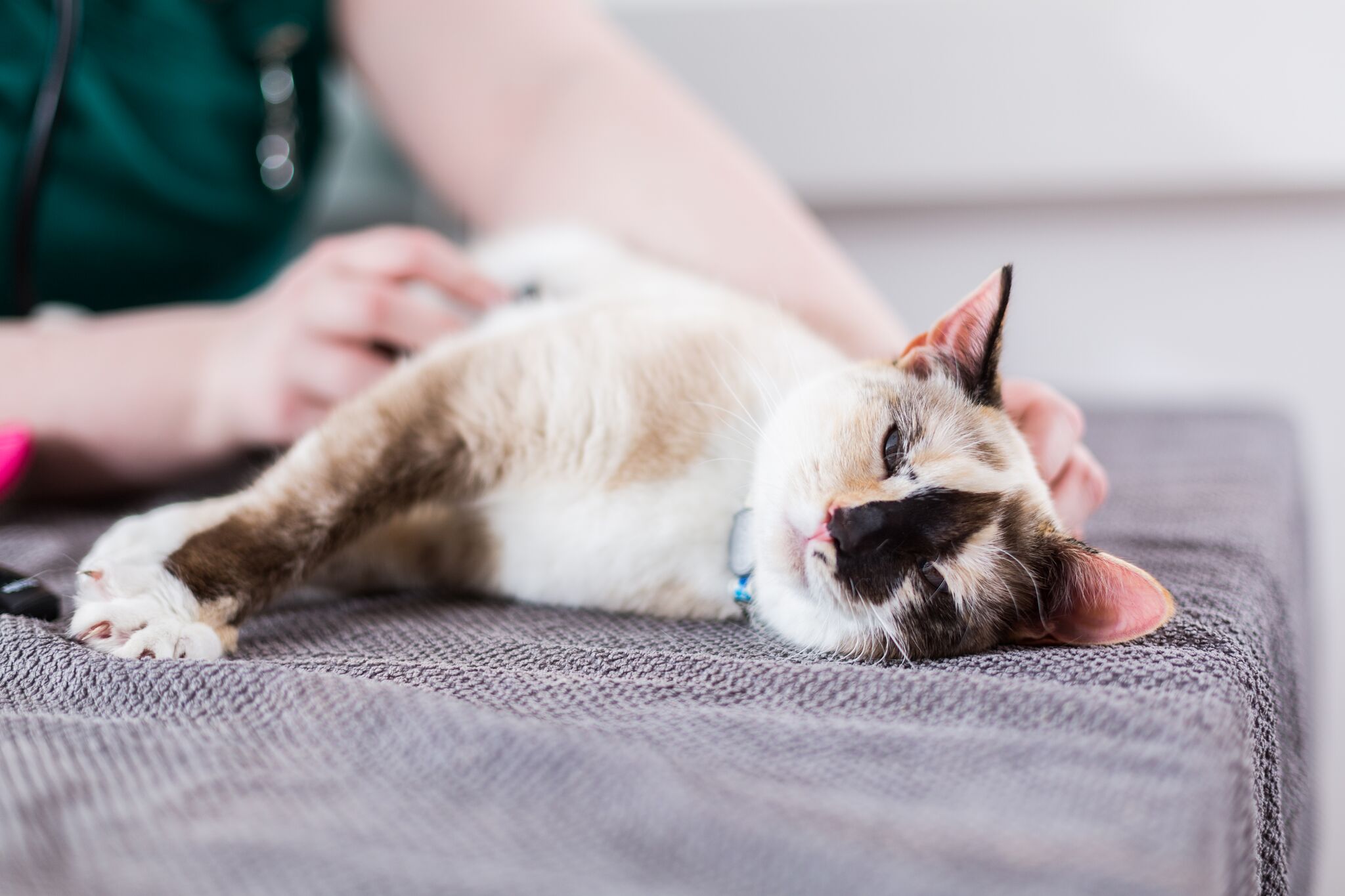
Blog Referral Vets In Leeds Swift Referrals

What You Need To Know About Feline Intestinal Lymphoma Vlog 98 Youtube
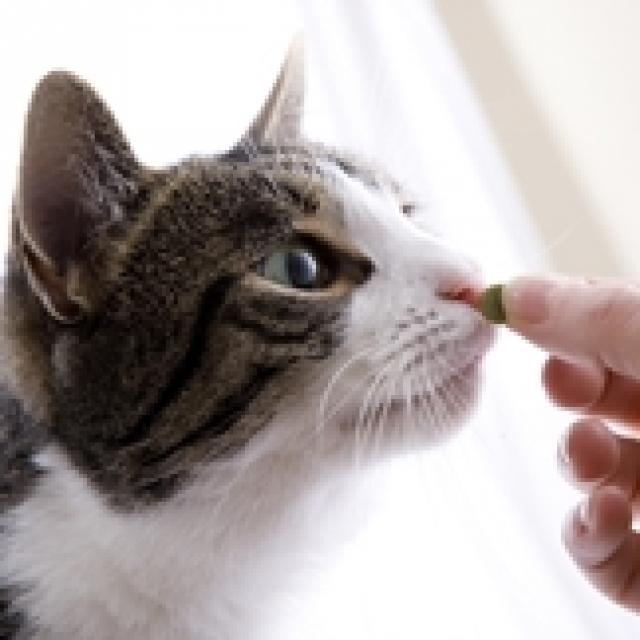
Feeding Cats With Cancer So They Are Strong Enough To Fight It Petmd

My Cat S Lymphocytes Are High Understanding Lymphoma In Cats
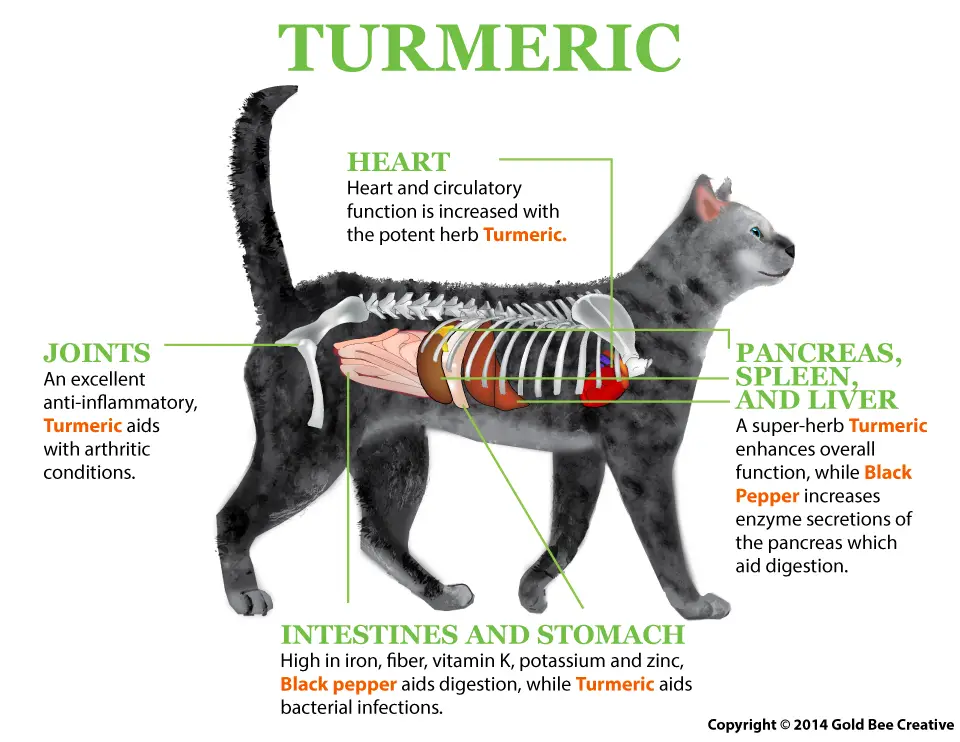
Turmeric For Cats The Purrington Post
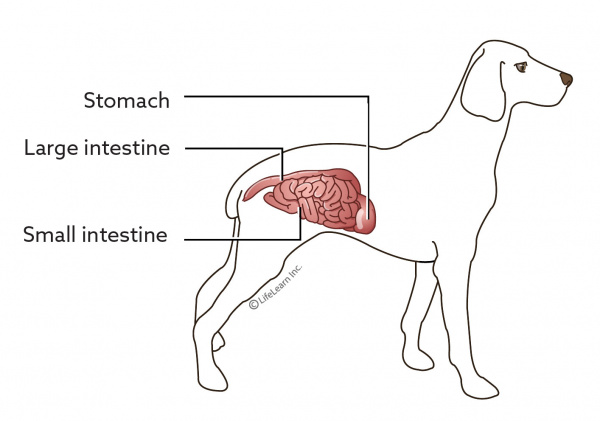
Intestinal Tumors Vca Animal Hospital

Lymphoma In Cats The Pet Oncologist
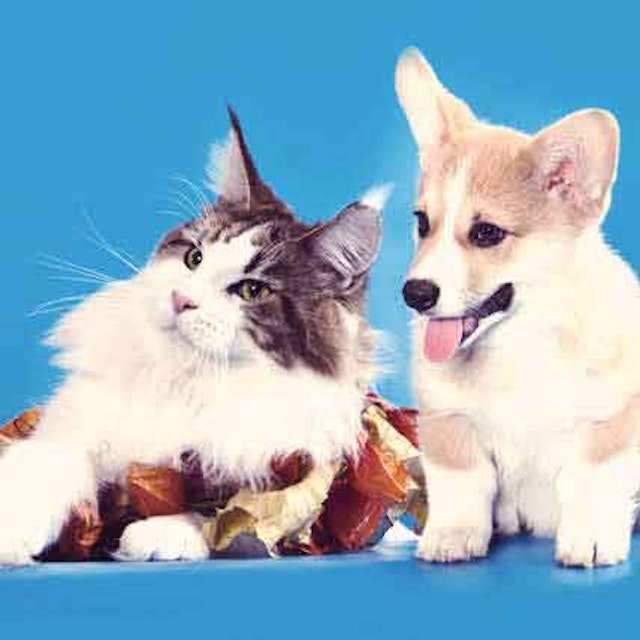
Cancer Lymphoma In Dogs And Cats

Panel Gastrointestinal Lymphoma

Lymphoma In Cats Veterinary Partner Vin
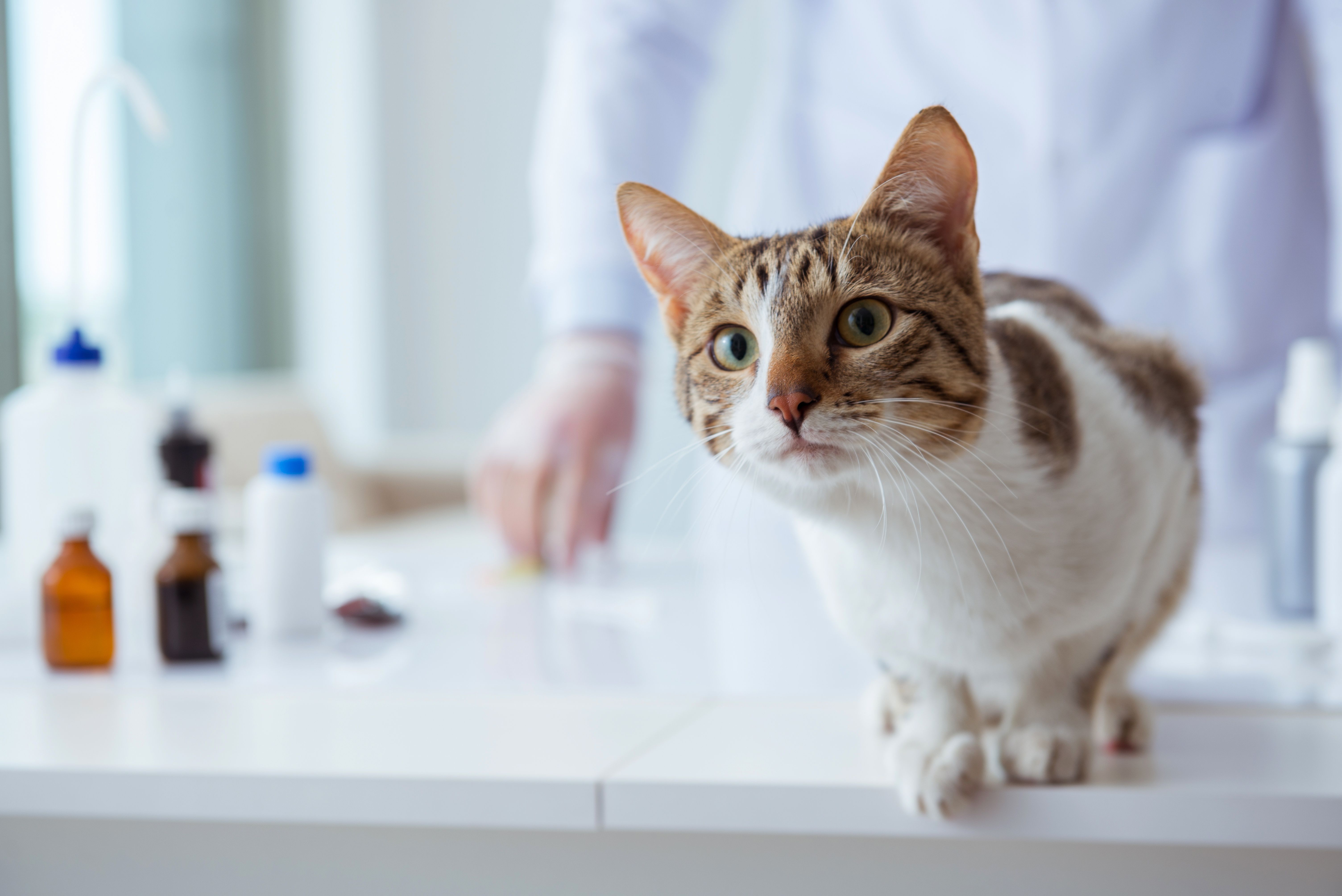
Feline Lymphoma Diagnosis And Treatment

Herbsmith Milk Thistle Powder For Dogs And Cats 150 Grams Naturalpetwarehouse Com Dog Cat Cats Milk Thistle
